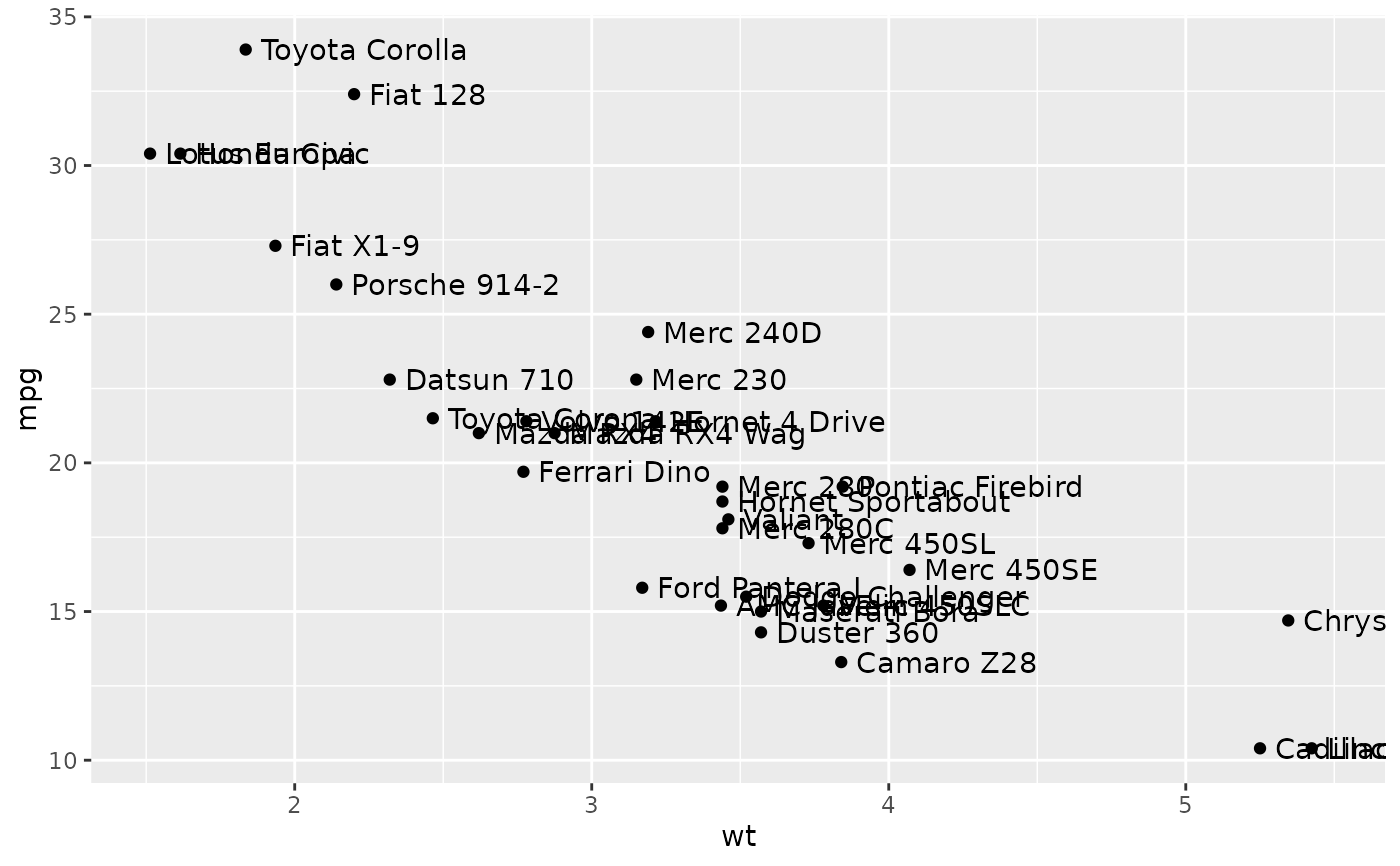
Detailed investigations regarding LiDAR penetration rates and more accurate point density patterns should be derived from the underlying TINs at a higher point density resolution.ĭensity interpretations are derived from both the Puget LiDAR Consortium data as The density data can be use to inform the user as to the amount of LiDAR control in a given area, where data voids occur, and some general information about vegetation canopy density. These models do not provide information about the initial data point density used to derive the model. Production elevation models are provided as interpolated lattices based on a standard posting distance. Serves as a guide to the amount of elevation control that was provided by the randomly-spaced elevation sample points. The strong variation in sample spacing due to vegetation and other factors requires that the density interpretation be generalized in order to present the data in a reasonable number of polygons per tile. The density value is provided as both a quantitative value and a qualitative descriptor. Polygonal areas describing the number of LiDAR bare-earth elevation points per unit area. Online_Linkage: None Description: Abstract:

This product is derived from LiDAR 'bare-earth' elevation model data obtainedįrom the PSLC (Puget Sound LiDAR Consortium) and from the King CountyĮSA/SAO (Endangered Species Act/Sensitive Areas Ordinance) project.

Identification_Information: Citation: Citation_Information: Originator: King County Publication_Date: 200307 Title: LiDAR Digital Ground Model Point Density Edition: One Geospatial_Data_Presentation_Form: Vector Digital Data Publication_Information: Publication_Place: King County, WA Publisher: King County Other_Citation_Details: LiDAR Digital Ground Model Point Density LiDAR Digital Ground Model Point Density


 0 kommentar(er)
0 kommentar(er)
